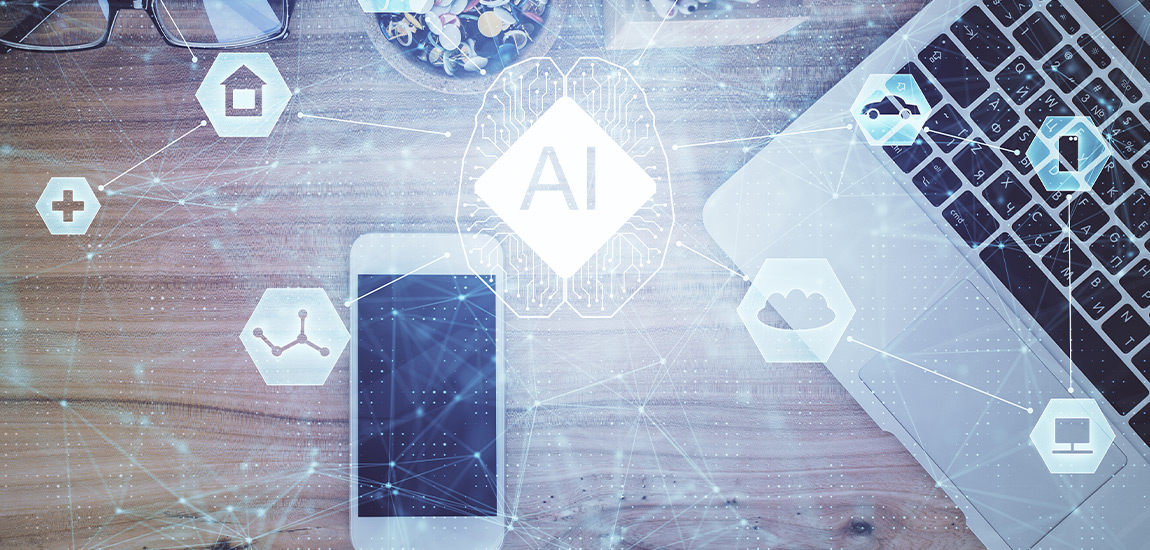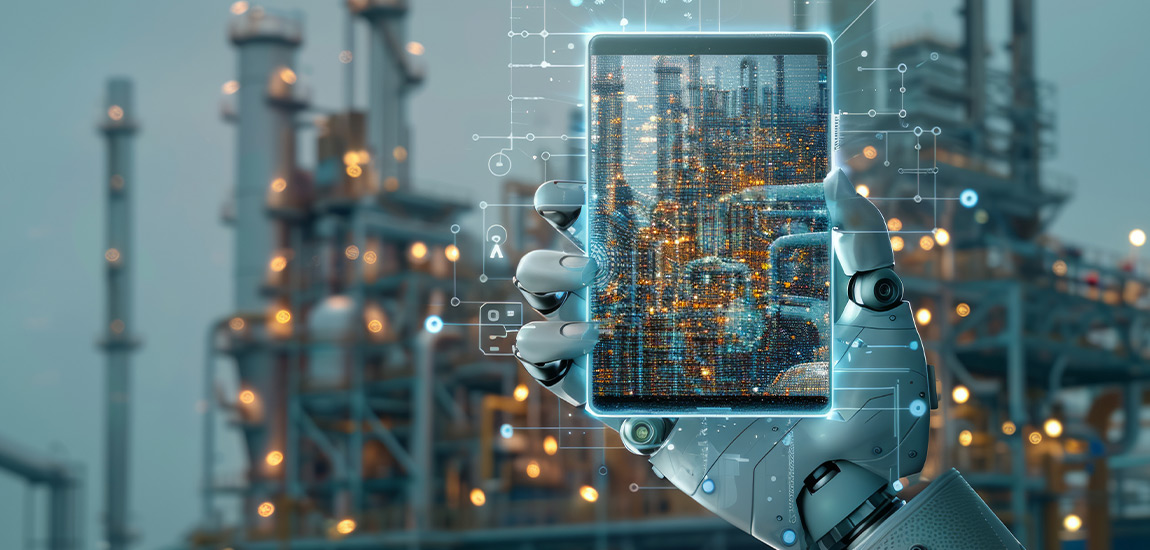The Rise of On-Device AI: Faster, Smarter, and More Private
Artificial Intelligence (AI) has already moved from being a futuristic buzzword to a core driver of modern business. Whether it’s virtual assistants scheduling meetings, predictive analytics guiding supply chains, or real-time fraud detection, AI is now embedded in daily operations.
Until recently, most of this intelligence came through cloud-based AI—where data travels back and forth between devices and powerful remote servers. That model has fueled much of AI’s success, but it also brings trade-offs: latency, recurring costs, and privacy concerns.
Enter on-device AI (also called edge AI)—a transformative shift that runs intelligence directly on your smartphone, laptop, or IoT device. Instead of relying solely on distant data centers, the computation happens locally, where the data is created. And this isn’t a fringe experiment—the on-device AI market is expected to hit $36 billion by 2030. For businesses, this signals not just an opportunity, but a call to adapt or risk falling behind.
What is On-Device AI?
At its simplest, on-device AI means AI models run directly on a device—without the constant back-and-forth with cloud servers.
- On smartphones: Real-time translation, offline voice assistants, or facial recognition that works without internet.
- On laptops: Productivity assistants that analyze sensitive documents without sending them to third-party servers.
- On IoT devices: Predictive maintenance or anomaly detection happening directly at the “edge” of the network.
This leap is possible thanks to advancements in mobile processors, GPUs, energy-efficient architectures, and model optimization techniques (like quantization and pruning).
Cloud AI VS. On-Device AI
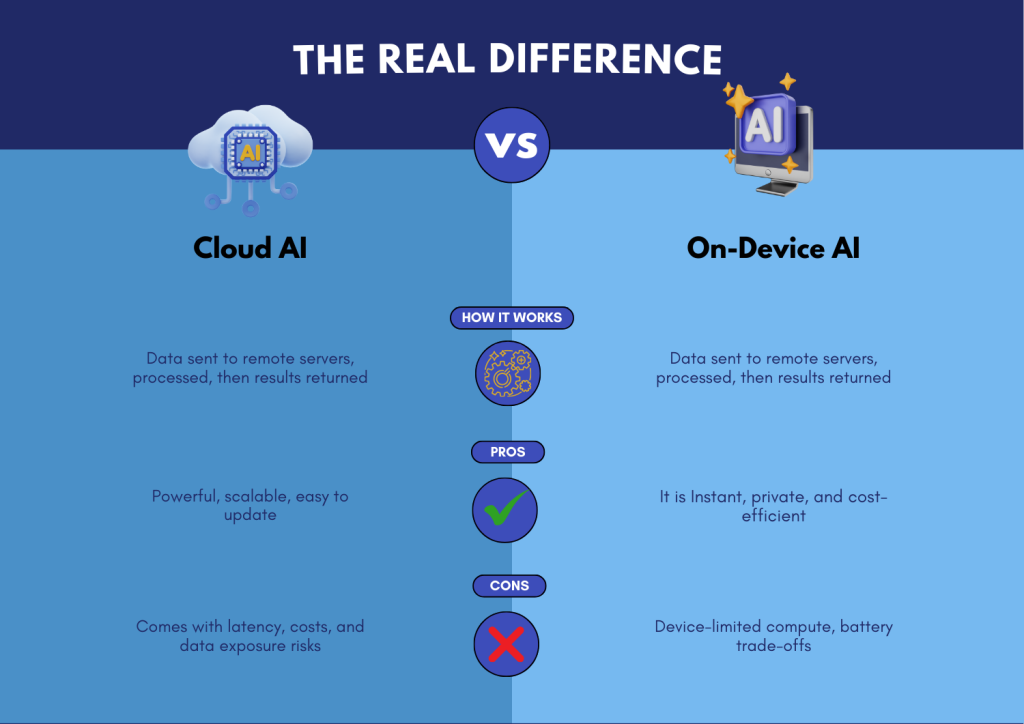
The defining difference is control. With cloud AI, businesses depend on third-party infrastructure. With on-device AI, intelligence is truly in your hands.
Why Businesses Should Care?
Speed That Unlocks Value
Milliseconds matter in business. On-device AI removes network delays, enabling real-time responsiveness—vital for customer-facing apps or mission-critical operations.
Example – Google Translate Offline: By embedding AI directly into phones, Google enabled real-time translations without internet access. For businesses in travel, logistics, or cross-border services, that speed means smoother transactions and better customer experiences.
Lower Costs Over Time
Cloud AI can be expensive—requiring constant server usage, bandwidth, and data storage. On-device AI shifts the heavy lifting to local hardware, reducing ongoing costs.
Example – Tesla’s Localized Processing: Tesla cars process sensor data on board, lowering bandwidth costs and enabling real-time navigation and safety features. Cloud-only models simply couldn’t keep up with the split-second decisions required for autonomous driving.
Stronger Data Privacy
With regulations like GDPR and HIPAA, data leaving devices is a liability. On-device AI keeps sensitive information local, reducing risks and strengthening trust.
Example – Apple’s Privacy-First Approach: Face ID and Siri now process directly on iPhones—ensuring biometric data never leaves the device. For enterprises handling financial, healthcare, or government data, this model sets the new gold standard.
Reliable in Any Environment
On-device AI works even without connectivity. That’s a game-changer for field operations, remote areas, and emergency scenarios.
Example – AI in Rural Healthcare: Portable ultrasound devices can now run diagnostics on-site, eliminating the need for a strong internet connection. For healthcare providers, this means life-saving decisions without delays.
Put intelligence where it matters most—closer to your business. Start your on-device AI journey today.
Real World Application Already in Motion
- Healthcare: Local diagnostics on portable medical devices.
- Retail: Smart checkout systems that recognize products instantly.
- Finance: On-device fraud detection ensuring secure real-time transactions.
- Manufacturing: Edge-enabled predictive maintenance reducing downtime.
- Consumer Tech: Voice assistants like Siri shifting more processing locally.
These aren’t pilot projects—they’re production-grade solutions already delivering ROI.
Market Outlook: $36 Billion by 2030
The growth of on-device AI is fueled by:
- Specialized hardware: Apple’s Neural Engine, Qualcomm Snapdragon processors, NVIDIA edge GPUs.
- Privacy-first demand: Especially in finance, healthcare, and government.
- IoT proliferation: Billions of devices needing local intelligence.
For enterprises, this isn’t just a tech upgrade—it’s a strategic differentiator.
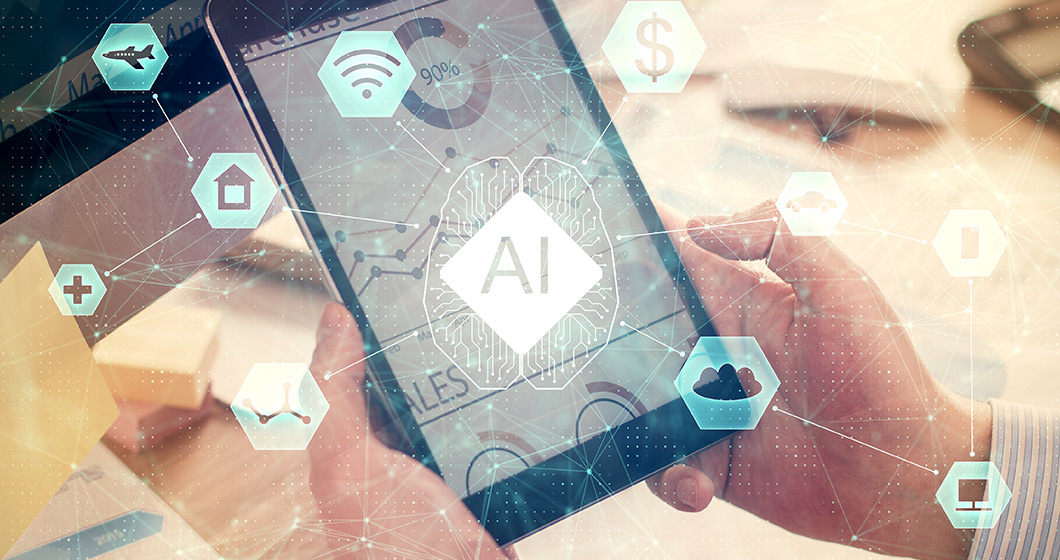
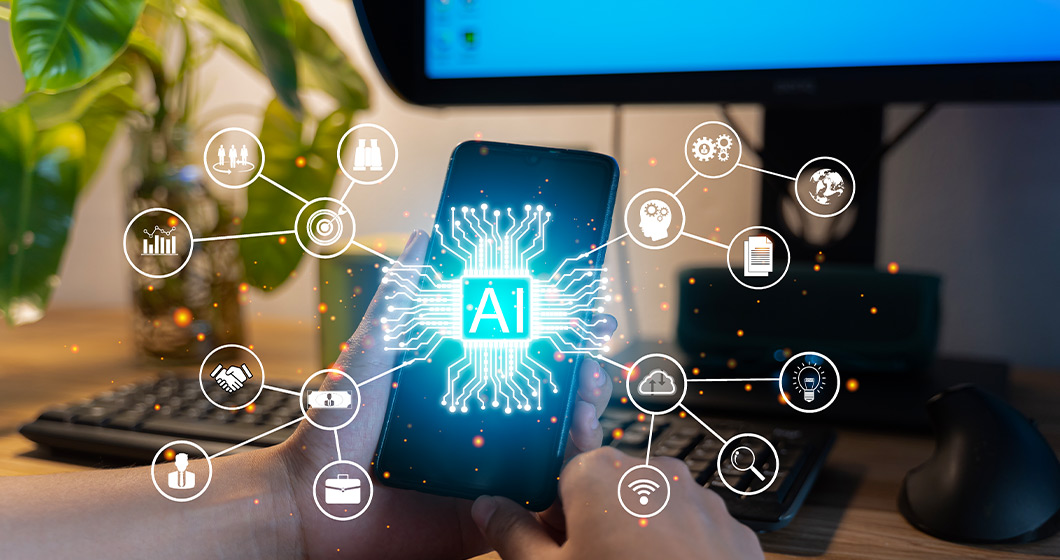
Challenges to Address
Adoption won’t be without hurdles:
- Hardware limits: Not all devices can handle complex models.
- Model optimization: Balancing accuracy with compression.
- Battery impact: High compute loads must be energy-efficient.
- Hybrid needs: Some scenarios still benefit from cloud + edge together.
Example – Snapchat Lens Optimization: AR filters once required heavy cloud compute. By optimizing models for smartphones, Snapchat delivered smooth, battery-friendly experiences—proof that efficiency drives adoption.
Why Data Privacy Could Be the Biggest Win
Every data transfer to the cloud introduces risks. For industries dealing with sensitive information, keeping AI local and compliant is not optional—it’s essential. On-device AI makes it possible to stay compliant while still innovating, a balance that B2B leaders increasingly demand.
How Businesses Can Get Started
Tech giants are already setting the pace:
- Apple – AI features increasingly baked into devices.
- Google – Offline-first features like Translate and Assistant.
- Qualcomm – Chipsets built for AI at the edge.
This momentum is clear: the next generation of AI will be local, fast, and private. Businesses that adapt now will shape this future.
The Future Is Local
- Identify high-impact use cases—where speed, cost savings, or data privacy matter most.
- Adopt hybrid models—use on-device AI where it shines, while complementing with cloud AI as needed.
- Work with experienced partners—to optimize AI models for edge deployment.
- Invest in AI-ready hardware—to ensure your infrastructure keeps pace.
Early adopters will gain a competitive advantage in efficiency, compliance, and customer trust.
The next competitive edge is at the edge. Explore how on-device AI can transform your operations.
The Future of AI Is in Your Hands
On-device AI isn’t just another tech wave—it’s a paradigm shift. By keeping intelligence local, businesses unlock real-time performance, lower costs, stronger privacy, and greater reliability.
The $36 billion market projection highlights the urgency: this shift is already happening. The only question for B2B leaders is—will you lead the change, or follow it?
Start exploring where on-device AI can deliver immediate value in your organization today. The cloud will still have its place, but the future of AI is already right where you are—in your hands.

